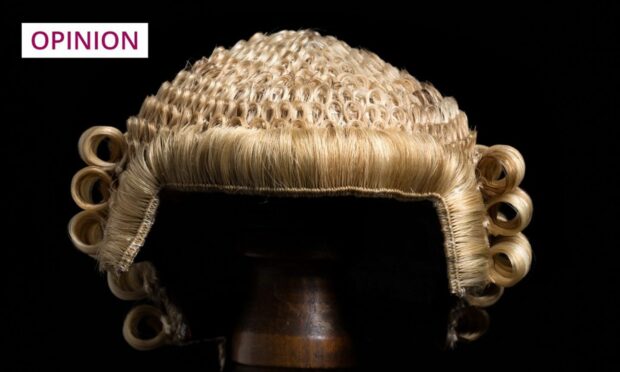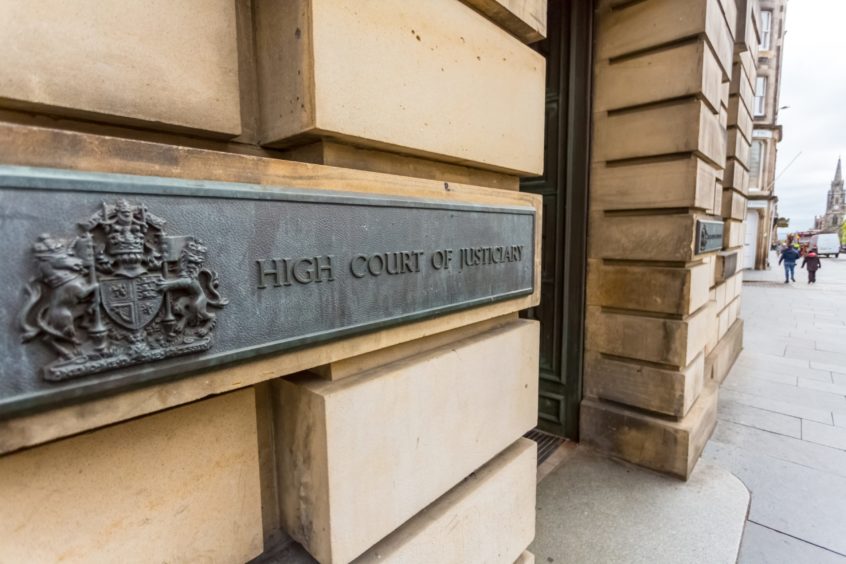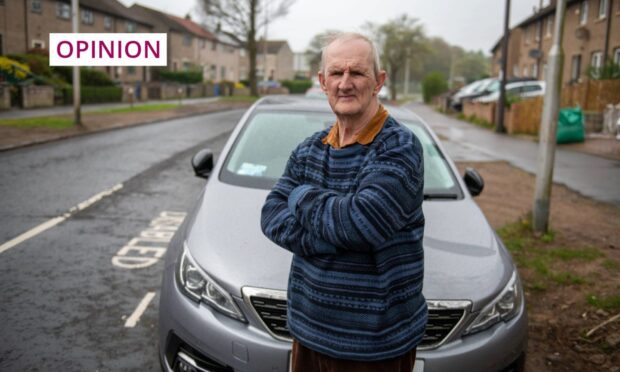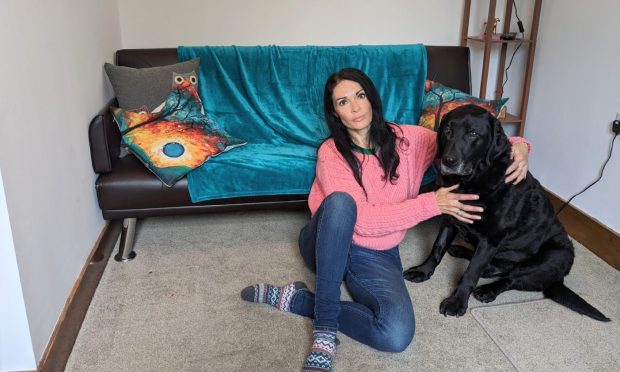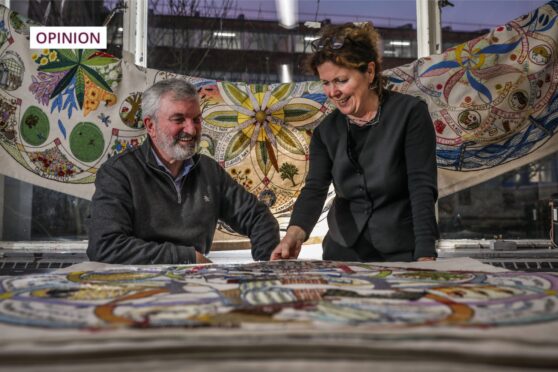While focus was firmly on the Scottish Government’s cost-of-living crisis measures on Tuesday, a couple of significant changes to the country’s court rooms were announced.
The Programme for Government included a Criminal Justice Bill with proposals to scrap Scotland’s unique and outdated three-verdict model.
At last, the not proven verdict – “that bastard verdict” as Sir Walter Scott would have it – appears to have had its day.
A relic of the justice system, the death sentence for Scottish juries’ third way cannot come quickly enough.
In truth, the not proven verdict actually reflects more accurately the position at the end of a trial when an accused is to be acquitted.
It literally indicates the Crown has not proved its case to the standard required.
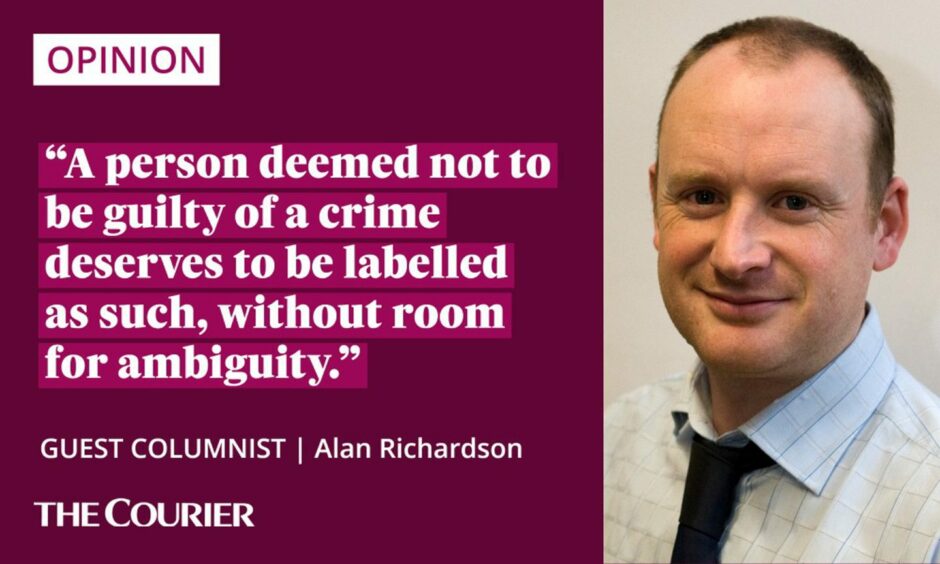
Without it doing so, an accused person walks free under law.
Its effect is exactly the same as the linguistically-clearer not guilty. But it adds an unnecessary layer of confusion.
Not proven found frequently in rape cases
Too many people see the not proven verdict as a cop out. A means for a jury to acquit while leaving a stain on the character of the formerly-accused, telling them “I don’t believe you” while stopping short of actually convicting.
This is especially thought to be the case in cases of rape and sexual assault, in which the verdict is disproportionately used.
Such cases are notoriously difficult to prosecute and it is thought juries are too tempted to deliver a verdict of “not guilty but…”.
As such, it will be welcomed by groups such as Rape Crisis Scotland and others dealing with survivors of sexual abuse.
Good news! The Scottish Government have listened to calls for reform and committed to introducing anonymity for victims of sexual crimes and removing the Not Proven verdict.⚖️1/
— Rape Crisis Scotland (@rapecrisisscot) September 6, 2022
They point out not proven made up 44% of rape and attempted rape acquittals, compared with 20% for all crimes and offences, in 2019/20.
Ms M, the St Andrews University student who sued her rapist in a civil court, is among those who have campaigned for the not proven verdict to be scrapped.
However, the Scottish Government’s proposals have not been met with universal approval.
Case to retain not proven verdict doesn’t stand up
The Law Society of Scotland said it had “deep concern” the plans would increase the risk of miscarriages of justice.
The Faculty of Advocates, in its submission to the government’s consultation on the matter, also argued for its importance as a safeguard, especially when a jury can convict people of the most heinous crimes on a simple majority.
It is hard to see how this can be the case, however.
If the not proven verdict truly has the same effect as not guilty, the former is not needed.
A person deemed not to be guilty of a crime deserves to be labelled as such, without room for ambiguity.
And speaking of ambiguity, another proposal to clamp down on the naming of complainers in sexual offence cases is long overdue.
It is too important an area to be left to convention.
Such headline-grabbers are welcome. But what was disappointing was the lack of anything addressing the ongoing crisis at the root of Scottish justice at present.
There was nothing on legal aid or the growing backlog of cases. Little to ease the mental health and drugs issues at the root of so much offending.
As such, the effectiveness of the package of measures remains decidedly not proven.
Alan Richardson is the head of The Courier’s crime and courts team.
